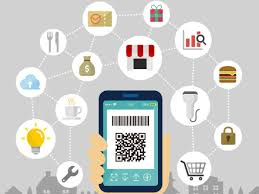What is Search Engine Optimisation (SEO)?
Search engine optimisation refers to measures that aim to improve a website’s position in a search engine’s natural search results. Link for all SEO definitions
SEO can level the playing field against big brands, but small businesses need to create strategies so that they can use their powerful online presences so even the smallest business can come out on top.
There are so many ways businesses can use SEO so that the right clientele can find your products or services.
1. Keywords are key:
Keywords are one crucial way to optimise a high-ranking SEO. This is in your headings, subtitles, and bios. Using longer titles for businesses so there is more chance for your business to appear, be careful not to go too far fetch with words as Google can get confused as to what your product or service may be.
2. Optimise your Google Business Profile (GBP):
Filing out your GBP can really optimise local searches with
up-to-date accurate information and adding primary and secondary categories to
push your business out more.
3. Prioritise customer reviews:
Having your wellsite mobile PC and tablet friendly so that
work seamlessly on all devices.
4. Work alongside AI; don’t lose the human touch
With the launch of open AI, this can allow smaller businesses
to optimise their SEO with up-to-date content, but remember to work with AI content and not just use what is generated, as people still seek out the human element of
information and content.
With small businesses implementing a strategic SEO plan, small
businesses can complete with big brands and target the correct clientele.
Remember that you are a small business and use that to your advantage to connect
with your customers on a more personal level!
For videos for more info to stay on top:
How to outrank 99% of local businesses on Google













